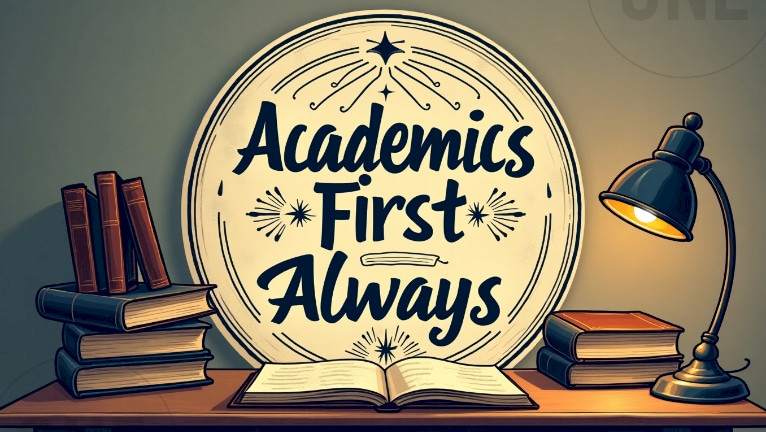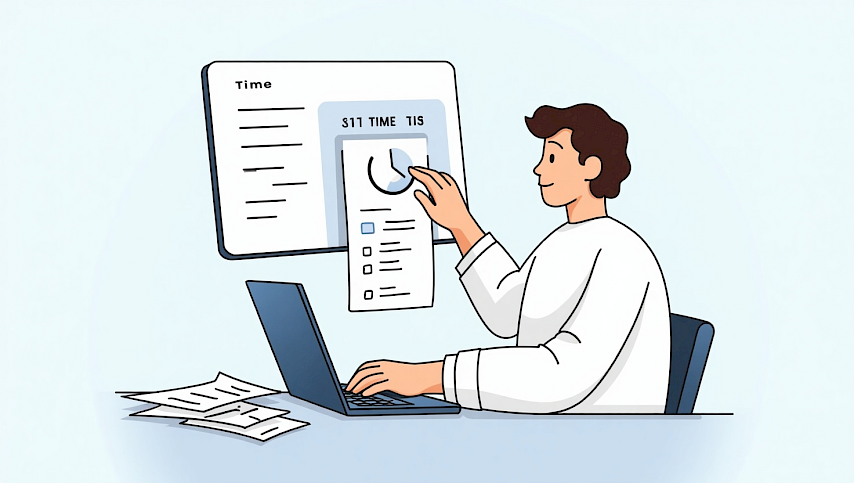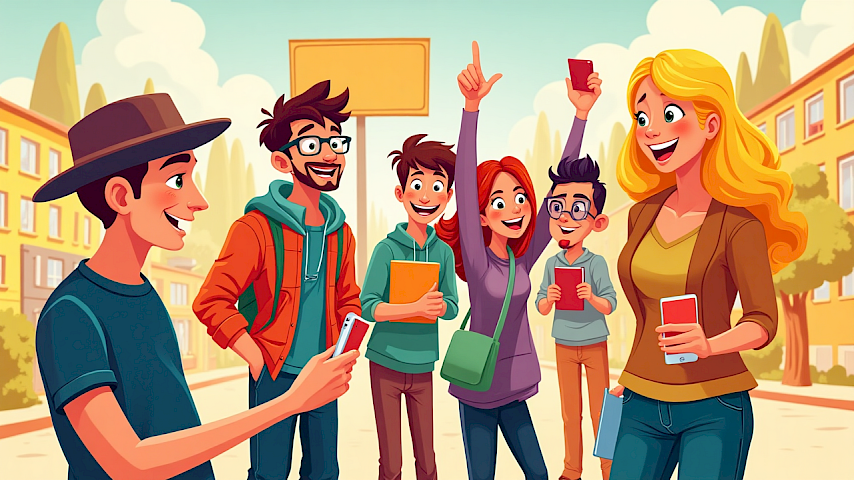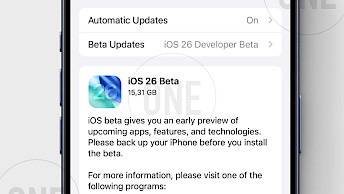Balancing Academic Responsibilities with iOS Customization: A Guide for Students

In today’s digital age, your iPhone is more than a phone—it’s your planner, your notepad, your library, and sometimes even your classroom. For students, this all-in-one device has become essential to keeping up with a busy academic schedule.
iOS customization is super popular right now. With things like widgets, shortcuts, and Focus Modes, students can make their phones look cool and work better for their day. But here’s the thing—it’s easy to get carried away. What starts as fun and helpful can end up wasting a lot of time. The trick is to find balance. Don’t use customization to avoid schoolwork—use it to stay on top of it.
This article explores how students can embrace iOS customization while staying grounded in their academic goals.
Academics First, Always
Before you start changing themes and adding widgets, think about why you’re doing it. Your iPhone should help you stay organized and get things done. It shouldn’t take your focus away from what matters—your schoolwork.
Start by setting up your school responsibilities:
- Use the Reminders app to track assignments and deadlines.
- Schedule study sessions with the Calendar app.
- Consider platforms like Notion or MyStudyLife for a more flexible, all-in-one academic dashboard.
Customization should be a benefit, not a diversion. Give yourself a few minutes to concentrate on your phone layout after finishing a school project or exam preparation; it's a gratifying approach to relax still on course.
When academic demands pile up—especially with challenging subjects like math—some students choose to pay for math homework at Edubirdie as one way to manage their responsibilities. For students juggling school, part-time jobs, or personal responsibilities, this type of structured help can play a role in maintaining balance.
Customize with a Purpose
A beautiful home screen is great, but a useful one is better. When you’re customizing, focus on functionality first. Think about what information and tools you want to see at a glance.
Some student-friendly widget ideas include:
- Calendar and Reminders: Keep your day organized without opening apps.
- Bears Countdown: Visualize how much time is left until your next big exam or project.
- Smart Stacks: Rotate between your to-do list, clock, and timer based on your needs.
For better organization, group all academic-related apps into a folder labeled something like “Study Tools.” Rename apps with the Shortcuts app—“Books” can become “Read Time” or “Quizlet” can become “Flashcards.” Color-coded icons or themes from apps like Brass or Color Widgets can help you visually separate school tools from entertainment apps.
Set Limits on Customization Time
It’s easy to lose hours trying to perfect every detail of your home screen, but that’s not the goal. Set clear boundaries for when and how long you’ll spend customizing.

Try this:
- Set a timer for 15–30 minutes to avoid rabbit holes.
- Schedule customization time for weekends or breaks, not during study hours.
- Keep a running list of layout or theme ideas in your Notes app so you’re not distracted midweek by a new concept you want to try.
Using Focus Mode during homework or lectures can also block social and creative apps temporarily, keeping your attention where it needs to be.
Make iOS Work for Your Study Habits
Beyond aesthetics, iOS features can reinforce your academic routines. Here’s how to make the most of them:
- Focus Modes: Create custom modes like “Study Time,” “Lecture Mode,” or “Break Time.” You can control which apps and notifications are allowed depending on your focus.
- Shortcuts App: Build routines that automate your workflow. A single tap can activate a Study Mode Focus, open Notion, and play your Lo-Fi study playlist. Another shortcut might be to open Quizlet and start a Pomodoro timer.
- Notes App: Use it for quick reminders, categorized subject folders, or even to scan and store handwritten homework.
- Bonus apps like Forest (to stay off your phone) or GoodNotes (for digital note-taking) add even more power to your academic arsenal.
Don’t Chase Perfection
It’s tempting to model your setup after influencers with perfectly coordinated icons, color schemes, and widgets—but perfection isn’t the point. Your iPhone should feel like yours—useful, familiar, and designed to help you succeed.

Start with small changes. Create a home screen layout you love. Then expand as needed. If you enjoy the process, keep iterating. If not, stop where it works for you. There’s no grade for having the “best” looking phone.
A Quick Student Checklist
Here are a few takeaways for managing customization without sacrificing school success:
- Focus on school first—customization comes second.
- Customize during your free time, not in the middle of study sessions.
- Use widgets and Focus Modes to reinforce productivity.
- Organize apps in a way that boosts your efficiency.
- Don’t worry about making it perfect—make it work for you.
Conclusion
iOS customization isn’t just about how your phone looks—it’s about how your phone works for you. With thoughtful planning and a balanced approach, your iPhone can become one of your best academic allies. So go ahead—make it stylish, make it smart, but always make sure your grades come first.





